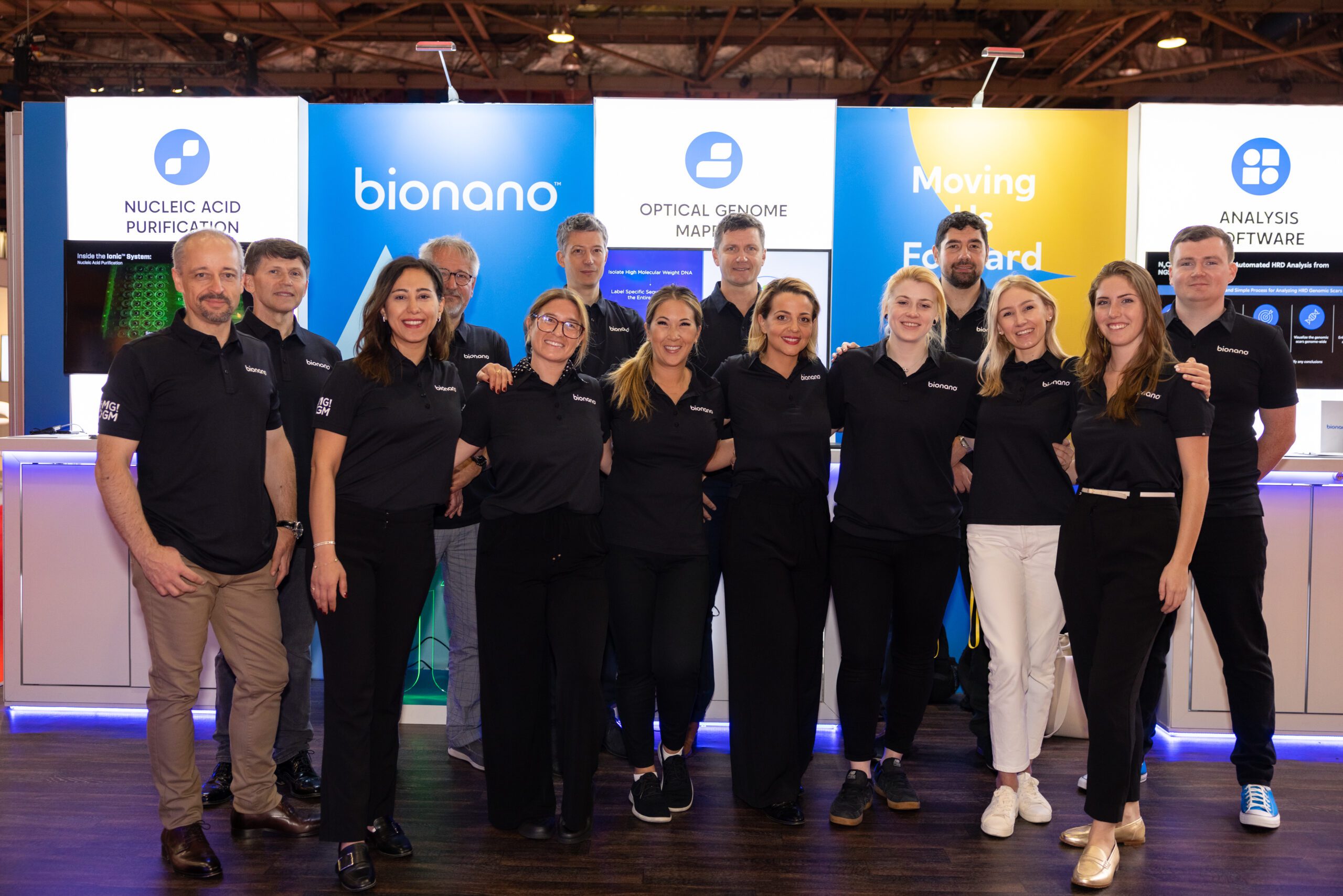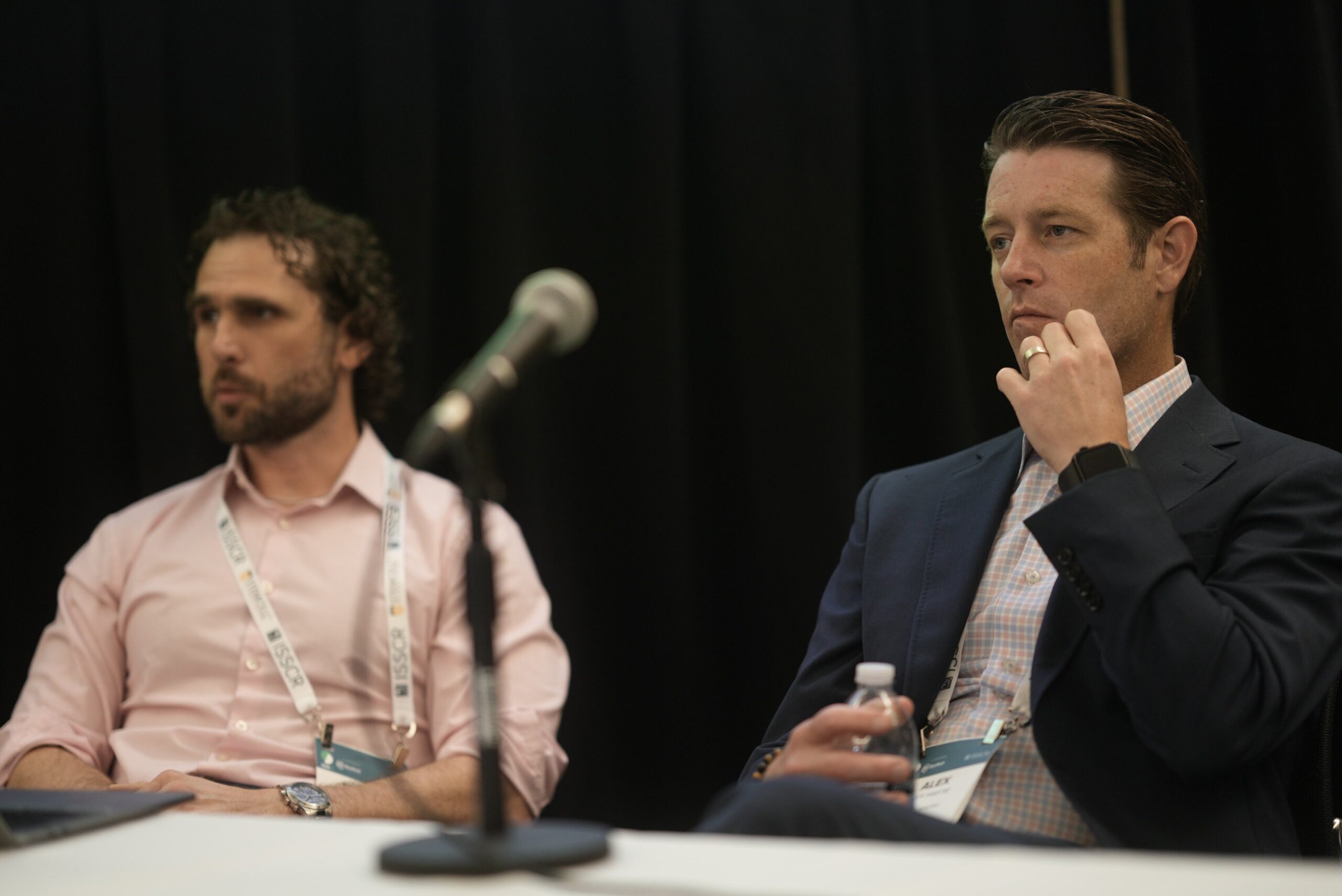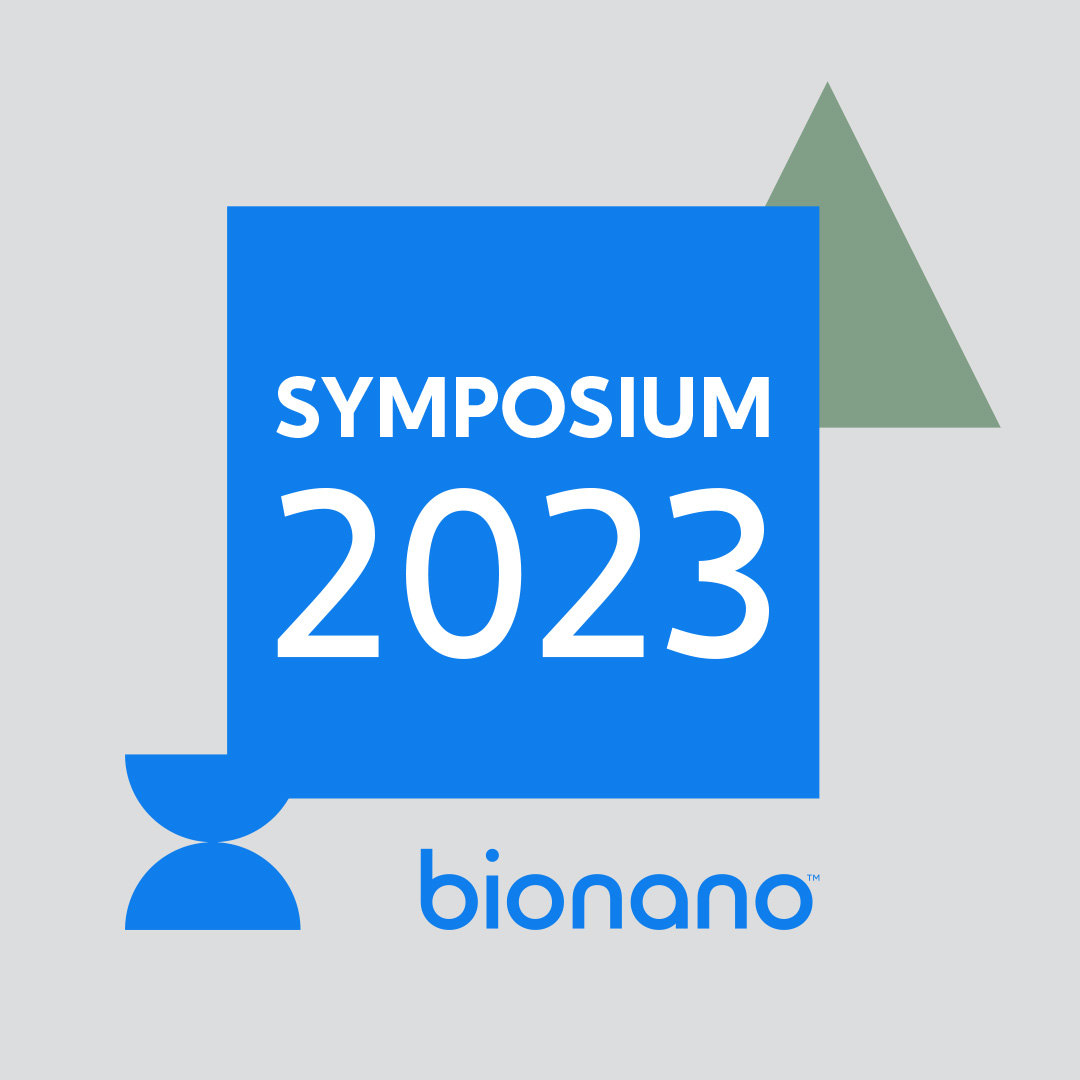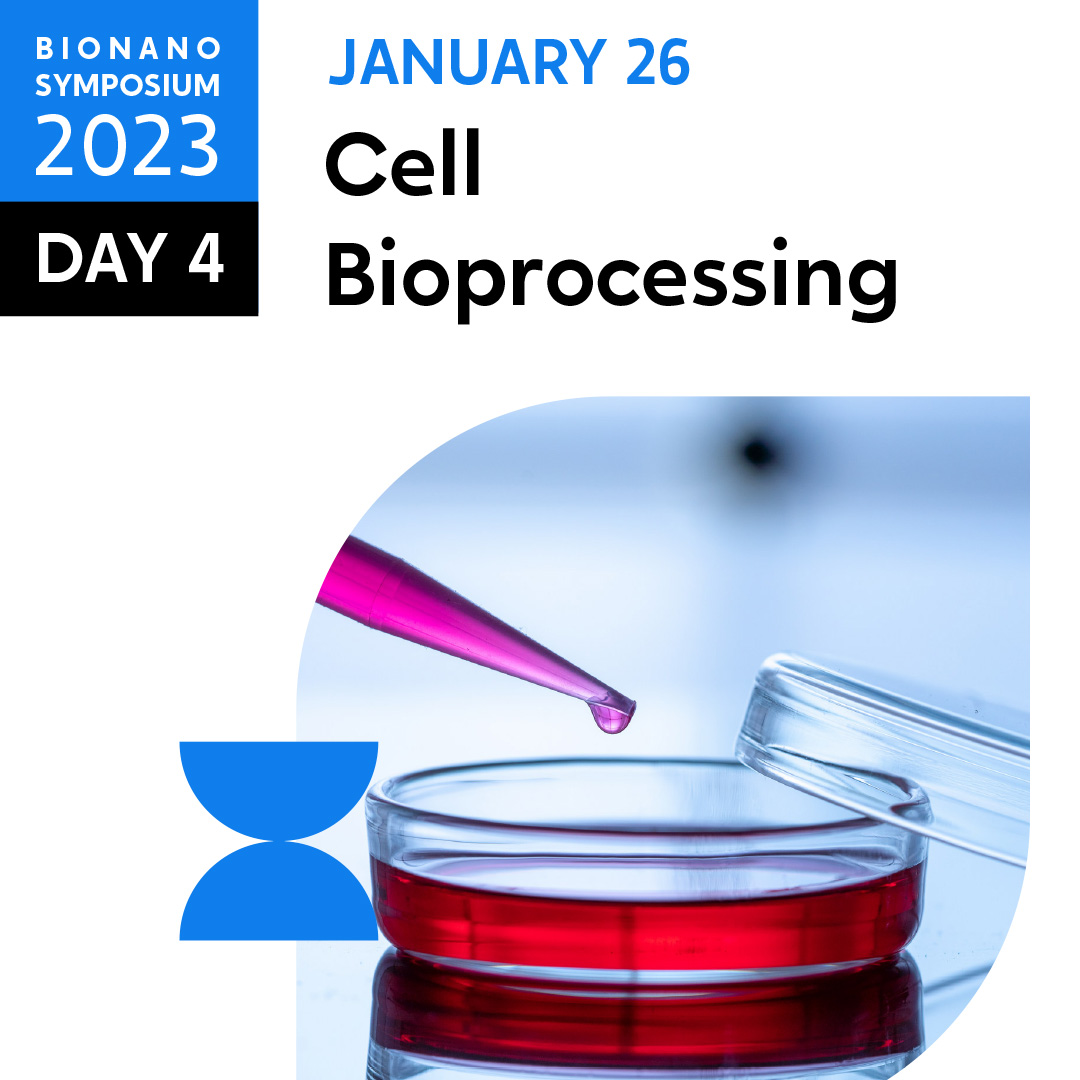Blog
OGM Steals the Spotlight at Prestigious June Events
June proved to be an exciting month for the scientific community as Bionano showcased the company’s innovative optical genome mapping (OGM) workflow and its potential to transform research at several esteemed cytogenetics conferences, with significant interest from researchers, clinicians, and industry professionals. Supporting Bionano’s team of dedicated professionals, researchers shared dozens of scientific posters and presentations to reveal the latest advancement in OGM workflow and how Bionano is transforming health and wellness at the European Human Genetics (ESHG) 2023 Conference in Glasgow, the European Hematology Association (EHA) 2023 Congress in Frankfurt, the European Association for Cancer Research (EACR) 2023 Congress in Torino, and the International Society for Stem Cell Research (ISSCR) Annual Meeting 2023 in Boston.
EVENT HIGHLIGHTS:
Sharing OGM’s Impact on Translational Research at ESHG

At the ESHG conference, Bionano organized an engaging workshop titled “Rare Diseases and Beyond: Optical Genome Mapping Applications in Cytogenomics and Gene Editing.” Esteemed guest speakers from renowned institutions, such as Radboud University Medical Center, CHU de Nantes, UZ Leuven, and the European Bank for induced Pluripotent Stem Cells (EBiSC), shared their experiences with OGM and its impact on their research.
- Dr. Alexander Hoischen from Radboud UMC shared intriguing insights into studies that utilized OGM to identify structural variants (SVs) in undiagnosed rare disease patients. OGM facilitated systematic assessment of large de novo SVs, aiding in the prioritization of potential novel candidate disease loci.
- Dr. Martine Doco-Fenzy from CHU de Nantes presented a study that utilized OGM to analyze samples from subjects presenting with malformation syndromes. The integration of OGM with cytogenetic and sequencing techniques allowed for a more comprehensive understanding of these syndromes.
- Dr. Katrina Rack from UZ Leuven discussed her experience using OGM in conjunction with karyotyping to identify pathogenic SVs in in acute lymphoblastic leukemia (ALL) and acute myeloid leukemia (AML) samples, in conjunction with karyotyping.
- Dr. Rachel Steeg from the European Bank for induced Pluripotent Stem Cells (EBiSC), provided an overview of their processing pipeline, which harnesses OGM to standardize the processing of induced pluripotent stem cells (iPSCs) from different diseases, tissue types, and research groups. This standardization aims to maximize the quality, type, and breadth of cells and data available to researchers.
Exploring OGM’s Utility in Oncology Research at EACR

Bionano made its mark at the EACR Congress with a session titled “Cancer Cytogenomics and Beyond: Diverse OGM Applications Including Gene Editing,” led by Dr. Juan Díaz-Martín from the Institute of Biomedicine of Sevilla (IBiS) and Dr. Marc-Henri Stern from Institut Curie. By unraveling the intricate genomic landscape of cancer cells, OGM has the power to enhance our understanding of tumor biology, potentially leading to the development of more effective treatments.
Dr. Díaz-Martín presented compelling evidence of OGM’s efficacy in detecting SVs relevant to cancer through cutting-edge studies, including:
- A study where OGM was used to comprehensively characterize SVs and identify alterations associated with clinical features on undifferentiated small round cell sarcomas, including Ewing sarcoma (ES) and related entities.
- A study on triple-negative breast cancer (TNBC) where OGM was used to detect translocations and SVs missed by whole genome sequencing.
Highlighting Advancements in Regenerative Medicine at ISSCR

At the ISSCR Annual Meeting, experts in the field of stem cell research congregated to explore the cutting-edge advancements in the realm of regenerative medicine. Bionano’s vice president of scientific and clinical affairs, Dr. Alex Hastie, along with Dr. Suk See De Ravin from the National Institute of Health (NIH) and Travis Hardcastle from Synthego, led a session titled “Optical Genome Mapping – Redefining Cell Line Genomic Integrity and Off-target Characterization”.
By offering a more comprehensive view of the genome, OGM has the potential to improve the quality, safety, and overall risk profile of next-generation therapy development and manufacturing. The panelists shared their experiences utilizing OGM in research, development, and manufacturing processes, highlighting:
- OGM’s utility in monitoring genomic integrity and identifying off-target effects in cell lines.
- OGM’s value proposition for stem cell quality control, underlining its ability to detect potentially damaging SVs that other techniques might miss.
- The prevalence of genome abnormalities in commercial cell lines, which OGM can effectively identify.
- OGM’s cost-effectiveness and faster turnaround time compared to other techniques make it an attractive option for researchers.
Bionano’s Innovator Research Grant: Paving the Way for Novel Discoveries
ESHG hosted the announcement of Bionano’s Innovator Research Grant winners, with a captivating live discussion featuring the grand prize winners from Stanford University. Dr. Khodadoust, alongside postdoctoral researchers Dr. Nicolas Bastidas and Dr. Safa Najidh, plans to leverage Bionano’s Saphyr® system to conduct groundbreaking research on cutaneous T-cell lymphoma (CTCL). OGM will enable the detection of SVs that may influence treatment options, as well as serve as potential biomarkers to predict and monitor response to therapies.
The Innovator Research program, established by Bionano, serves as a catalyst for groundbreaking research, utilizing OGM solutions to identify relevant SVs and enable novel discoveries and innovations.



